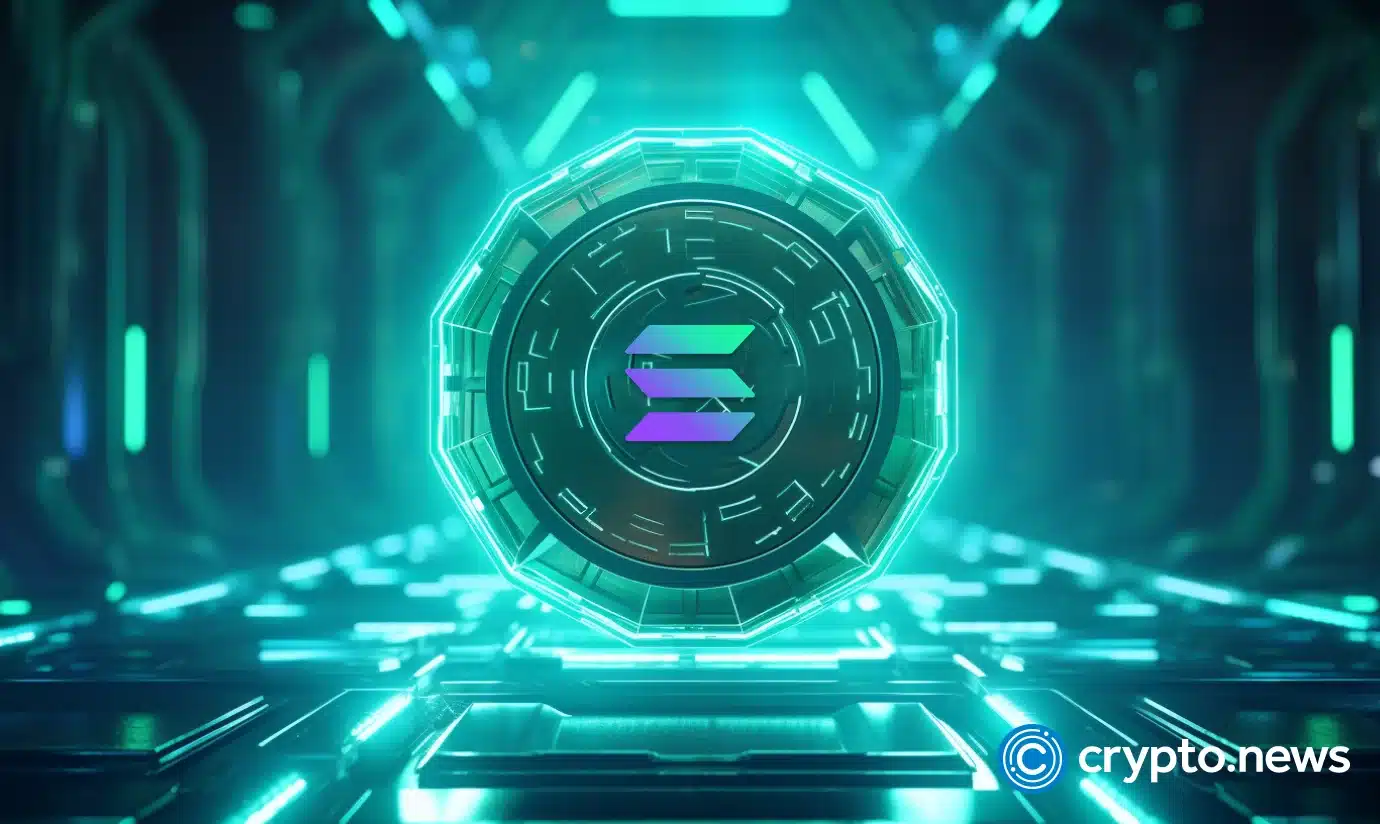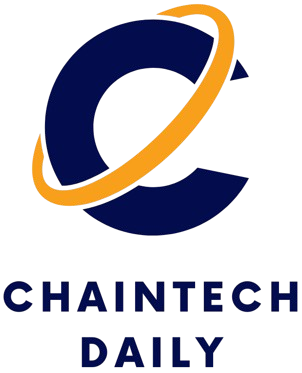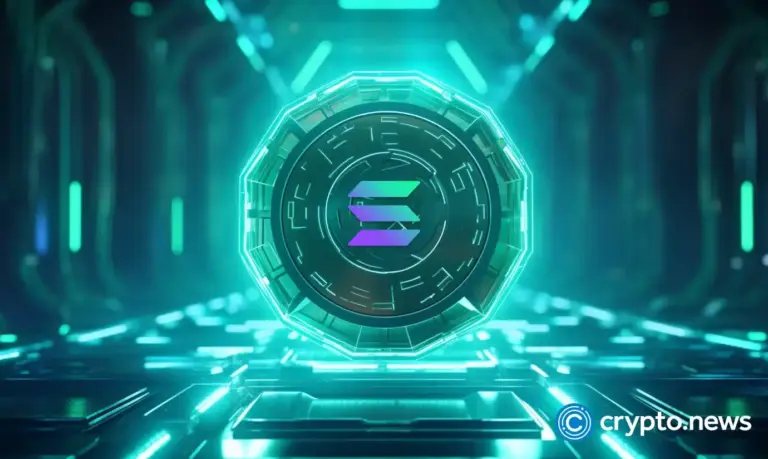
Solana’s rise to a top-10 cryptocurrency has been driven by its speed, developer activity, and growing DeFi and NFT ecosystems. But its journey hasn’t been without bumps. Network outages, inflation-related governance debates, and now investor frustration with a sharp decline from its all-time high have raised questions about the long-term sustainability of its economic model.
One of the most recent Solana (SOL) flashpoints occurred earlier this year with the SIMD-228 vote proving to be the largest crypto governance vote ever in terms of market value and participation. The vote failed to meet the approval threshold in early March.
Now, Galaxy Digital is proposing an alternative: a new voting mechanism called Multiple Election Stake-Weight Aggregation (MESA). Instead of voting on a single inflation rate, validators could select from a spectrum of options, including 15%, 17.5%, 20%, with the network adopting the weighted average of all votes cast.
“Sometimes, the questions facing communities involve ranges of acceptable outcomes, not simply binary choices,” Alex Thorn, Head of Firmwide Research at Galaxy Digital told crypto.news in a statement. “Where possible, the MESA approach may bring more efficiency, transparency, and democracy to proof-of-stake protocol governance.”
To better understand what MESA means for Solana’s tokenomics, governance structure, and network sustainability, Galaxy research analyst Zack Pokorny shared his perspectives in the following Q&A.
crypto.news: What is the primary difference between this proposal and SIMD-228? To help me understand better, could you elaborate on the key differences in terms of how inflation rates and emission curves are structured in both proposals? Specifically, how do the mechanisms for adjusting these rates differ between the two, and what impact might those differences have on Solana’s long-term governance and network security? Additionally, what role does community input play in each, and how might that affect the predictability of the network’s economic model?
Zack Pokorny: In the aftermath of SIMD-228, it was clear that the community broadly agreed on the proposal’s intention of reducing SOL inflation, but disagreed on the parameters of the change – for example, the amount of inflation at each stake rate – as these factors impact everyone on the network differently. As a result, there could theoretically be an infinite number of desirable parameter combinations. The current governance framework of YES / NO / ABSTAIN is not conducive to the network reaching agreement on a change in this setting – at least efficiently – as it only lets voters completely agree with the change, disagree with the change (which can stem from even a micro detail of the proposal), or take no stance. Instead, MESA offers a way for all voters to disagree on the precise details of a proposal, while agreeing on its broad intention as everyone’s opinion is baked into the outcome.
CN: How would this proposal maintain predictability in network governance while accommodating diverse validator preferences? Specifically, could you explain how the voting mechanism allows for flexibility, yet ensures stability and consistency in decision-making? In addition, how does the proposal balance the influence of validators with varying levels of stake, and what safeguards are in place to prevent governance fragmentation or instability? Lastly, how might this flexible system adapt to changes in the network over time, and what impact could it have on long-term sustainability and security?
ZP: In plain terms, MESA is an alternative approach to reaching outcomes in governance. How it changes SOL: not all governance decisions are black and white – MESA allows for a spectrum of opinions to be expressed, all contributing to consensus around a shared goal.
CN: How will the implementation of this proposal affect the overall inflation rate of SOL over time? Specifically, how might the range of deflation rate options influence both short-term and long-term inflation, and how could this evolve based on community votes? Do you think this flexibility will impact validator incentives, network security, and staking behaviors? Could fluctuating inflation rates create any risks for delegators or validators?
ZP: This is a long-term change: no one will be affected until the protocol is actually modified – if it’s changed at all – and even then, implementation may take additional time.
CN: What is the significance of using a spectrum of deflation rates (e.g., YES-15%, YES-17.5%, YES-20%) in the voting system? Specifically, how does this approach allow validators to express their preferences more flexibly compared to a single, fixed inflation rate?
How does offering multiple options for deflation rates help balance the needs for network security, inflation control, and validator incentives? Could it help mitigate potential risks or conflicts that might arise if only one rate was proposed?
ZP: This is entirely up to the community, and there is no predetermined path or timeline for any governance proposal.


